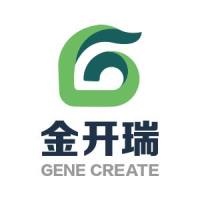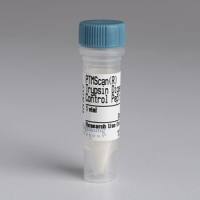Large-Scale Culture and Preparation of Sea Urchin Embryos for Isolation of Transcriptional Regulatory Proteins
互联网
493
The development of a complex multicellular organism from a single-celled zygote requires that the protein structures encoded in the DNA of the organism’s genome be expressed in specified cells at specified levels, contingent on specific signals generated at specific stages of development. In fact, explicit “instructions” that direct gene expression during metazoan development are also genetically encoded, within regulatory domains of genes (1 ,2 ). The binding of transcriptional regulatory proteins to specific DNA sequences within a gene’s regulatory domain serves to modulate the transcriptional output of the gene, by intermolecular mechanisms of activation or repression. Genetic cis -regulatory domains therefore constitute information-processing systems that interpret information provided by the cell—that is, transcription factors active in the nucleus—in terms of transcriptional output. A fundamental approach to studying the developmental information flow that regulates gene expression is to characterize both the cis elements and trans -acting factors involved in the control of developmentally regulated genes (2 ). In fact, analysis of cis-regulatory systems leads directly to the characterization of the trans -acting factors, since the latter are proteins that bind specific DNA sequences with relatively high affinity. This allows their direct isolation by affinity chromatography on columns bearing specific oligonucleotide target sites (3 –5 ).









